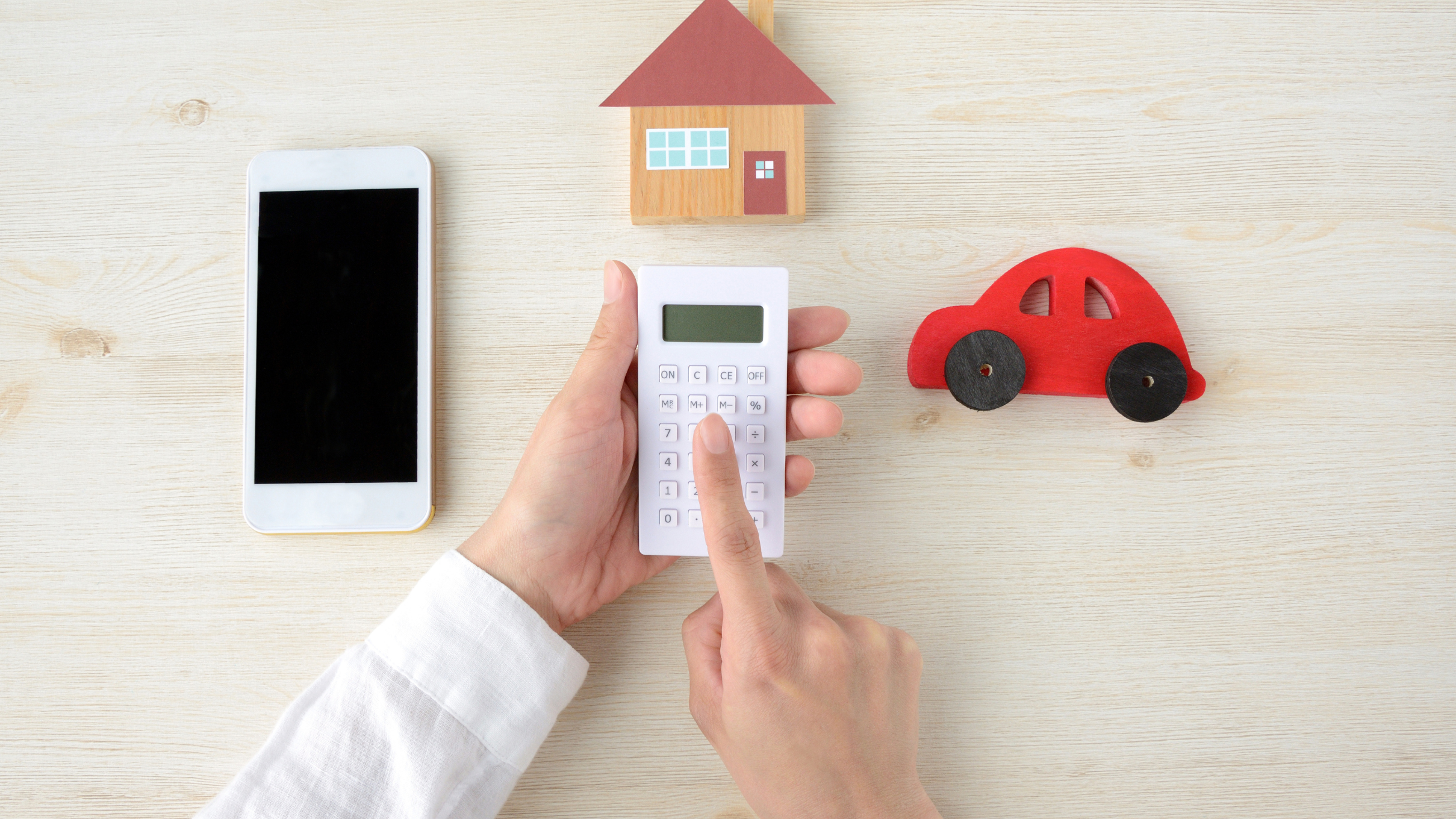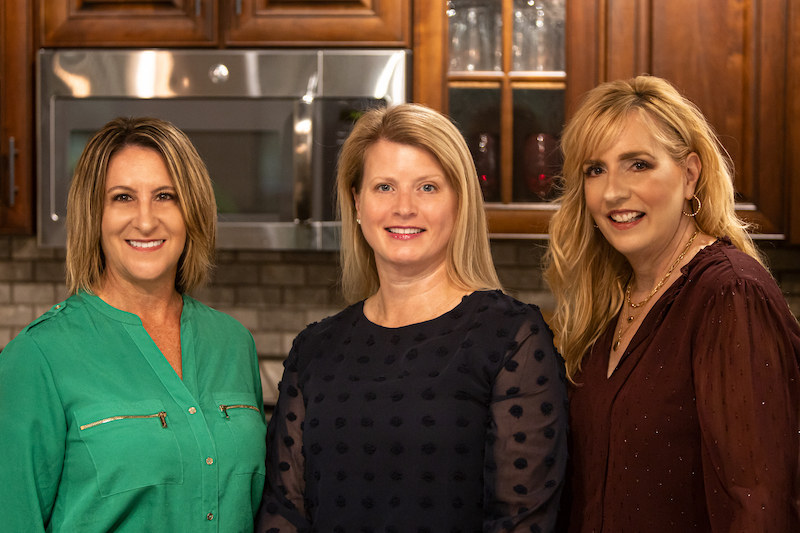5 Home Buying Tips for a High Interest Rate Market

The prospect of buying or building a new home can feel like a daunting task at the best times. Add in the high interest rates we see in the market today, and it might seem like an affordable home is completely out of reach.
Fear not! At Eastbrook Homes, we’re experts at navigating the ebbs and flows of the housing market so that you and your family can find and finance your dream home. We’ve assembled a list of five tips that can help you overcome those high interest rates and turn your homeowner aspirations into a reality.
1. Save for a Larger Down Payment
The most direct way to ease the burden of a high interest rate is to put more money toward the down payment on your home. More money upfront reduces the amount of principal you need to borrow, which in turn reduces the interest expense on the loan. Together, these lower the total amount of your required monthly payments.
For example, a 30-year mortgage on a $450,000 home at 8% interest and a 20% down payment corresponds to a monthly payment of about $2,550. Increasing the down payment to 25% reduces the monthly payments by almost $200. In other words, a 5% increase in a down payment means a nearly 8% reduction in monthly payments.
A larger down payment may also help you get a lower interest rate in the first place. The more you put down, the less risk is posed to the potential lender, meaning they’re more likely to lower the interest on the borrowed principal.
2. Consider an Adjustable Rate Mortgage (ARM)
An adjustable-rate mortgage isn’t ideal for everyone, but it could help you navigate today’s high interest rates depending on your situation. An ARM typically has two phases: an initial fixed teaser rate period followed by a floating rate period. For the first few years, the interest rate will be locked in, just like on a typical 30-year fixed-rate mortgage. This period can last one, two, five, or even seven years. The interest rate for this first phase of the mortgage is often lower than the market standard on a 30-year fixed-rate mortgage.
After the teaser rate period is over, the “floating rate” phase begins. Here, the interest will be in constant flux, changing based on the market. This can cause your interest rate to go up or down, so there is some risk involved. If you’re trying to purchase a starter home and plan to sell within 10 years, an ARM can save you money in interest payments until you decide to sell. It can also keep monthly payments low for a few years until you can develop a more stable or lucrative income.
3. Get a Mortgage with a Shorter Term
While a 30-year fixed-rate mortgage is typical, you can negotiate terms that will let you pay off your home loan in 10, 15, or 20 years. This won’t lower your interest rate, but it will lower the total interest that you pay throughout the duration of your mortgage. Interest compounds over time, so the longer the terms of your loan, the more interest you end up paying. Take a few years off that term, and voila! The interest won’t have time to accrue the same costs.
The flip side to this is that a shorter term means a higher monthly payment. The total cost of the home is reduced because of the lowered interest, but since the timeframe of that cost is shorter the month-to-month expenses go up. If you can work those monthly payments into your budget, a shorter-term mortgage will save you money in the long run.
4. Pay Off Debt Elsewhere
Your home interest rate isn’t just affected by the debt owed on the home itself, but by total buyer debt. When lenders (like banks) use a risk assessment protocol to determine the terms of the loan, credit card debt, student loans, and car payments all work to create a holistic picture of the buyer’s financial health and their ability to make monthly payments. Higher risk means a higher interest rate.
Waiting to begin the buying process so you put money towards paying off other debts can help lower the interest rate on the final terms of your mortgage. Clearing credit card debt or lowering your student loans demonstrates fiscal responsibility that will cause lenders to view you as lower risk and will lead to more favorable loan terms.
5. Make Use of Home Buyer Assistance Programs
Don’t be afraid to ask for help! There are plenty of national and state-level programs designed to help both first-time and repeat home buyers afford the purchase of their homes. The Federal Housing Administration, for example, offers loans for home buyers with low credit scores, requiring a down payment of as little as 3.5%, with insured loans available with a down payment of 10%.
In Michigan, the Michigan State Housing and Development Authority provides a host of assistance programs that primarily work to lower your down payment, but there are also options for down payment assistance and tax credits for first-time home buyers. These programs exist to make it easier to afford the purchase of your home, so don’t be afraid to use them!
At Eastbrook Homes, we know how tough it can be to wrap your mind around all the ins and outs of financing your dream home. We’re here to help walk you through the entire process, whether you’re purchasing one of our move-in ready homes or building a new home. Read our blog for home buying tips, explore our many Eastbrook communities, and connect with us when you’re ready to take the next steps!
Get Our Blog Posts
Delivered To Your Inbox
Related Articles
-
 Housing Market Questions, Market Trends5 Home Buying Tips for a High Interest Rate MarketNovember 2023Read More >
Housing Market Questions, Market Trends5 Home Buying Tips for a High Interest Rate MarketNovember 2023Read More > -
 Housing Market Questions, Market TrendsThe Allure of West Michigan: An Affordable Cost of LivingJuly 2023Read More >
Housing Market Questions, Market TrendsThe Allure of West Michigan: An Affordable Cost of LivingJuly 2023Read More > -
 Housing Market Questions, Market TrendsReturn of the Spring Real Estate Market- What Should I Expect?May 2023Read More >
Housing Market Questions, Market TrendsReturn of the Spring Real Estate Market- What Should I Expect?May 2023Read More > -
 Housing Market Questions, Market Trends7 Signs It’s Time to Buy a New HomeJune 2022Read More >
Housing Market Questions, Market Trends7 Signs It’s Time to Buy a New HomeJune 2022Read More >
Get Expert
Home Advice
Talk to an expert about your new home options! Our Online Sales Team is here to help you through your Eastbrook discovery process. Get in touch with us today!

